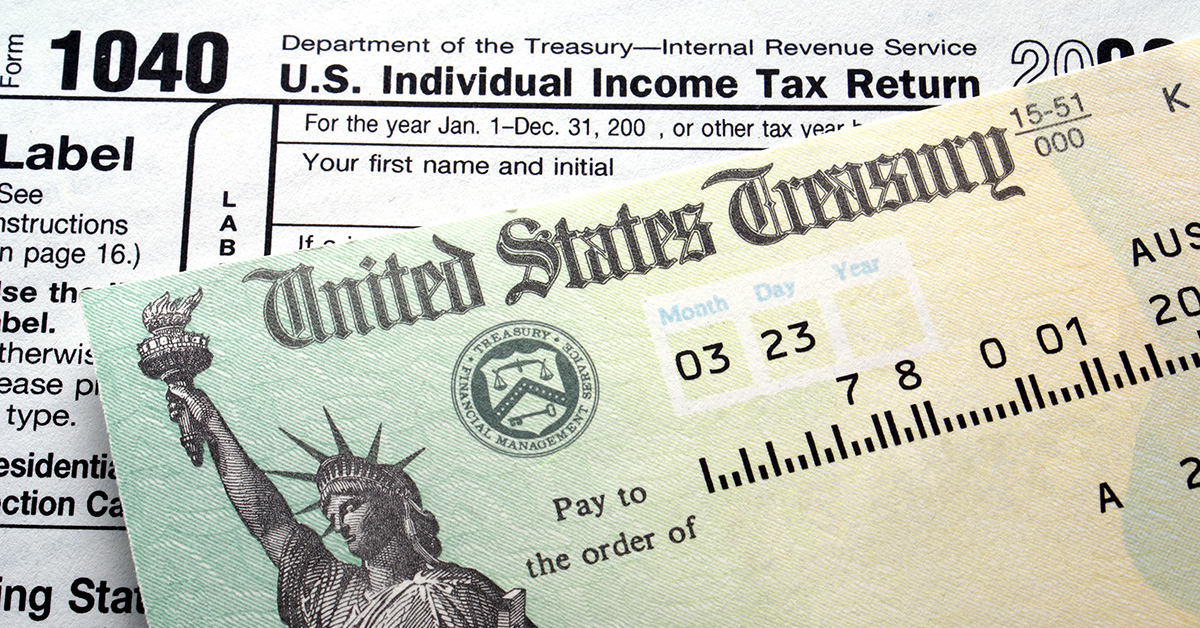[ad_1]
With today’s tight profit margins in the motor carrier industry, it is essential to utilize every tool available to minimize costs. Efficient fleet management is essential to control labor and other expenses. Advances in technology can help trucking companies to control labor and regulatory expenses.
Electronic On-Board Recorders are one electronic tool that is gaining wider acceptance within the trucking industry. Although their mandated use has been delayed due to Congressional wrangling, many motor carriers are voluntarily adding EOBRs to their fleets. Changes in hours of service rules for truck drivers necessitate accuracy in logging driver’s work and rest hours to avoid penalties. EOBRs simplify tracking driver activity.
The use of EOBRs has many other applications in fleet management. Since the final standards for government-mandated logs have not yet been written, motor carriers are experimenting with various units already available. Software and applications are currently available to use with smartphones, laptops and other communications systems. One benefit is the ability to more accurately monitor driver behavior while cutting compliance staff expenses. The more efficient electronic data recording systems require less staff time to manage and analyze.
Computerized records also allow for better management of available driver hours. The real-time recording of driver availability allows for more efficient scheduling of loads and drivers. By matching available loads with free drivers, it is possible to increase productivity without violating hours of service rules.
Most EOBRs are also equipped with GPS and other truck-monitoring functions. With these devices it is possible to not only track driver location but also vehicle speed and fuel usage. Access to real-time metrics allows for better supervision of driver behavior and can help with evaluations and raises.
Because many EOBRs can be integrated with existing monitoring and communication systems, they can also be used to log vehicle inspections, fuel taxes and permit fees and surcharges. Integrated data is useful for creating IRP and other reports. Automated fuel tax reports save time and stress for both drivers and motor carriers.
Even the wide availability of 3G and 4G smartphones can help improve fleet efficiency. Thanks to the advancements in cellular phone technology, it is possible for drivers to be connected to the internet in huge swaths of the nation. Drivers on standby at pickup points or on mandated rest breaks can access the web and download files and records. Motor carriers can offer safety and other training videos online so drivers can use down time productively. Being able to easily contact loved ones by phone or online may help ease the aching loneliness of life on the road. Happier drivers are less likely to quit which helps control training costs for new drivers.
Thanks to innovations in technology, it is possible for motor carriers to more efficiently manage their fleets from afar. As federal standards are finalized, it is possible that even more of the complex paperwork requirements of trucking will be moved online. Simplified record-keeping is a good thing for both drivers and the transportation industry.
[ad_2]
Source by Marsha Alexander






